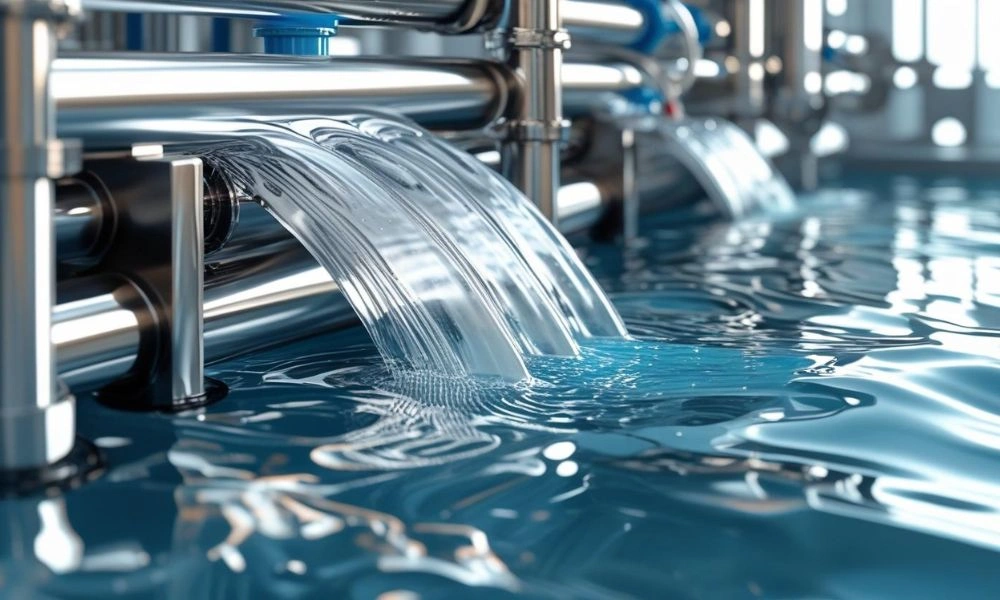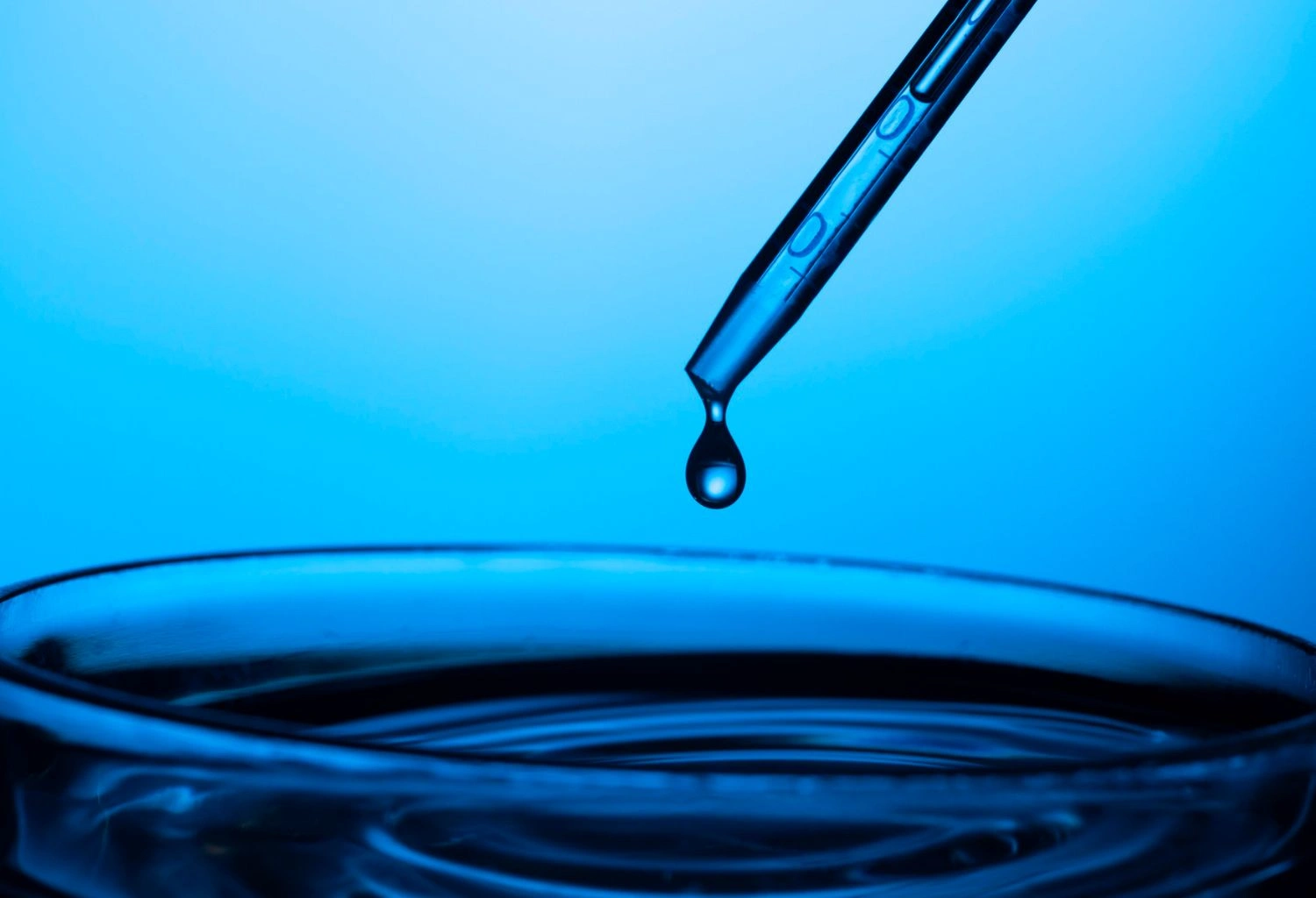The year 2025 marked major success for Pakistan’s water sector. From water reuse to digital innovation, 2025 Water Treatment Wins highlight sustainable progress. WCSP led the way with reliable, cost-effective, and intelligent water treatment solutions that are now transforming how industries manage resources and meet strict environmental standards.
What defines the 2025 Water Treatment Wins exactly?
Clean water has never been more essential. By 2025, global and local forces—from climate pressure to industrial expansion—challenged water management to change. They forced it to improve. New technologies, intelligent systems, and practical solutions emerged.These are what we refer to as the 2025 Water Treatment Wins. They’re not merely innovations—they’re evidence that efficient, affordable, and sustainable water treatment is not just feasible but already a reality.At the center of this change is Water Care Services Pakistan (WCSP), an organization that’s raising the bar with innovative wastewater treatment methods, intelligent reuse, and ecological protection.
Electrocoagulation
1. Smarter Water Monitoring Is Now the Standard
In 2025, there was a shift away from traditional water testing by hand. Smart sensors, real-time dashboards, and automated notifications replaced them as the new standard.Today, systems can sense changes in pH, turbidity, and chemical levels in real time—allowing operators to act before harm is done.This move from reactive to proactive control is among the largest 2025 Water Treatment Wins. It’s saving firms time, lowering chemical consumption, and avoiding equipment breakdown.
2. Reuse Is More Than a Trend—It’s a Requirement
Wastewater reuse is no longer a choice. In 2025, textile mills, chemical factories, and even food processing plants started adopting recycled water in processes such as:
- Boiler feed
- Cooling systems
- Floor washing
- Landscaping
Due to innovations such as membrane filtration and MBBR systems, this treated water is pure, safe, and consistent.Through converting waste to resource, industries are conserving thousands of liters per day. This change is one of the most significant 2025 Water Treatment Wins.
3. Electrocoagulation Resolves Dye and Metal Pollution
Electrocoagulation (EC) is an effective industrial wastewater solution, particularly where dyes and metals are hard to remove with conventional treatment.Instead of chemicals, EC utilizes electrical current, dissolving contaminants and drawing them out with little sludge. It is clean, easy, and very effective—especially in textiles and pharmaceutical applications.Dozens of new EC units were installed throughout Pakistan in 2025, allowing companies to lower operating expenses and enhance compliance.
4. Bioremediation Made Sludge-Free Treatment Possible
Another big 2025 achievement is the growth of bioremediation—treating wastewater with bacteria. Unlike conventional biological processes, this sludge-free method doesn’t require constant mechanical aeration and heavy upkeep.In 2025, WCSP introduced sludge-free bioremediation at several industrial facilities. These units were small, energy-efficient, and needed little to no human interaction.For businesses seeking to reduce environmental footprint and streamline operations, this was among the most awarded 2025 Water Treatment Wins.
5. Zero Liquid Discharge (ZLD) Became Affordable
ZLDhas always been the holy grail—but until 2025, it was out of reach for all but the largest budgets. In 2025, that all changed.By smart system design, improved membranes, and effective evaporation units, WCSP enabled various mid-sized businesses to install ZLD systems with nearly complete water recovery and no liquid waste.ZLD is no longer only an option for majors—but a functioning solution for many more industries. That’s a big victory.
6. Water, Energy, and Cost Savings Are Now Linked
Maybe the greatest 2025 Water Treatment Win isn’t a single technology—but a way that systems now collaborate. Intelligent monitoring, improved dosing, and reuse systems have enabled businesses to:
- Conserve water
- Reduce energy bills
- Reduce chemicals expenses
Industries are at last viewing water treatment as an expense, not a cost—one that quickly pays dividends in reduced overhead and increased reliability.
WCSP: In the Center of 2025’s Water Treatment Success
Water Care Services Pakistan (WCSP) played a leading role in these 2025 transformations. With customized solutions built on bioremediation, AOP, and electrocoagulation, WCSP helped dozens of industries:
- Meet environmental standards
- Reuse water safely
- Cut back on chemicals
- Eliminate discharge
Their focus on long-term reliability, low maintenance, and real-time control made them a trusted partner for industries across Pakistan.If you’ve seen clean treated water reused in a textil
Conclusion
The 2025 Water Treatment Wins demonstrate that change is underway—cleaner, smarter, and more sustainable than ever. From smarter sensing to cost-effective reuse, industries are now better positioned to guard their resources and address future challenges.Thanks to firms like WCSP, Pakistan’s water future is stronger, safer, and more independent. And that’s worth celebrating.e mill or ZLD successfully operating at a pharmaceutical plant—it’s most likely a WCSP project.
Frequently Asked Questions (FAQs)
1. What are the 2025 Water Treatment Wins
They are breakthroughs in smart monitoring, wastewater reuse, electrocoagulation, ZLD, and bioremediation that improved performance, reduced waste, and increased compliance across industries.
2. Why is smart water monitoring important
It delivers real-time data and alerts on water chemistry, enabling faster decisions, optimized chemical use, and improved equipment protection.
3. How does water reuse benefit industries
It reduces freshwater demand, saves money, and supports sustainability by safely reusing treated wastewater in operations like cooling and cleaning.
4. What industries started reusing water in 2025
Textile, food, chemical, and pharmaceutical industries began integrating reuse systems into daily operations to cut water costs and meet regulations.
5. Why is electrocoagulation effective for industrial wastewater
It uses electricity to separate difficult pollutants like dyes and heavy metals, generating less sludge and requiring fewer chemicals.
6. What is sludge-free bioremediation and how does it work
It uses natural microbes to treat wastewater without producing sludge, making it compact, low-maintenance, and energy-efficient for industrial use.
7. Is Zero Liquid Discharge more affordable in 2025
Yes, improvements in membranes, evaporators, and system design helped more companies implement ZLD without high capital costs.
8. How do these water treatment technologies save money
They reduce chemical usage, cut energy bills, extend equipment life, and lower water purchase and disposal costs.
9. What role did WCSP play in these 2025 advancements
WCSP designed and delivered customized water treatment systems based on bioremediation, AOP, and smart reuse across various industries in Pakistan.
10. Can smaller industries use these water treatment solutions
Yes, WCSP offers modular, affordable systems suitable for SMEs that need reliable, NEQS-compliant water treatment with minimal maintenance


